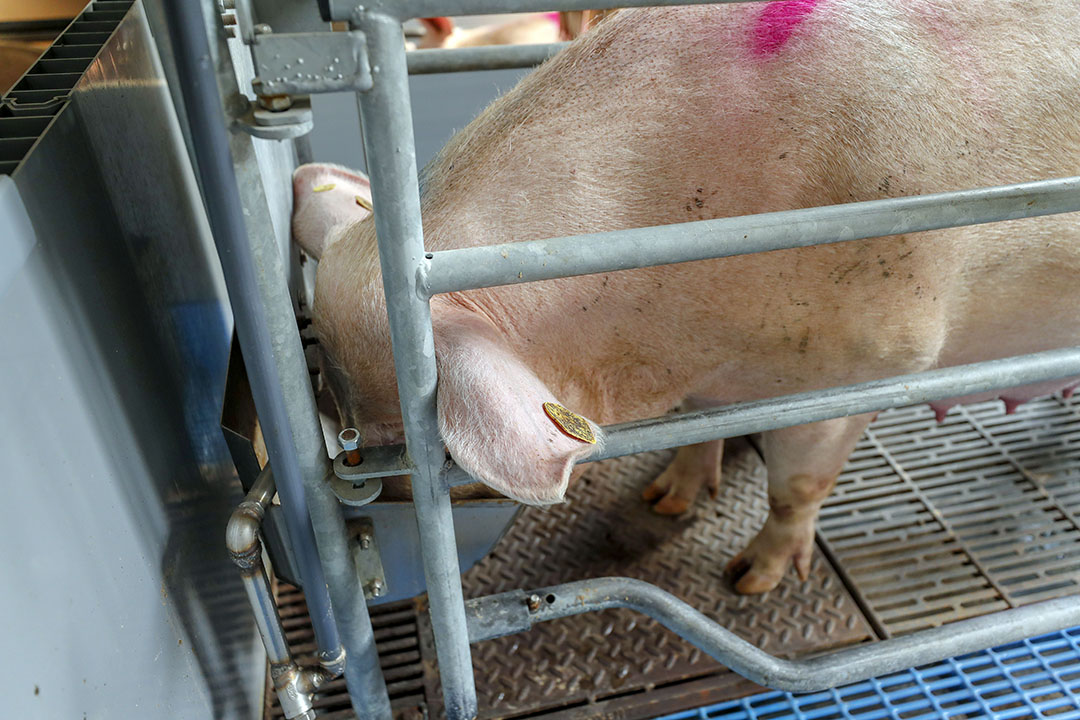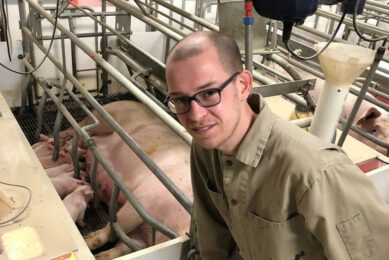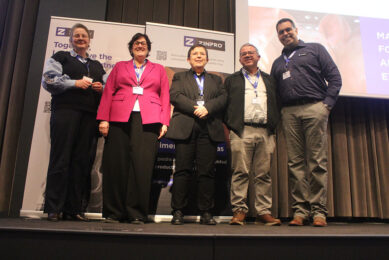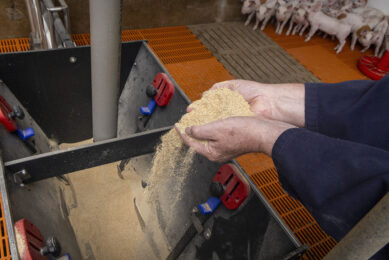Heavier sows, less feed thanks to fermentation

The Van Asten Group is a large swine producer, based in the Netherlands and Eastern Germany. The company zoomed in and looked at the effect of fermentation in sow feed. Advantages have been proven to be very diverse, including achieving an increased level of circular agriculture.
The Van Asten Group continues to reach novel insights, although the large swine producer has already had quite a few years of experience with fermenting pig feed. One of their most recent breakthroughs includes the fermentation of sow feed. A recent farm trial in Germany showed that with fermentation being used in roughly one-third of the feed, sows can stay in a better condition and need about 8% less feed.
Results of this trial have been picked up in Europe. As a result, the EU Pig Innovation Group elected the company’s co-director Roland van Asten as 2019 European ambassador for the pig industry, in the category of precision production.
The trial was set up for 2 reasons.
- First of all, the Van Asten Group aimed to figure out what exactly the mode of action is of fermented raw materials or ‘ferment’ in sow feed.
- Secondly, the group wanted to take a closer look whether or not it would be possible to replace soy by a locally grown protein source, in this particular case these were field peas.
The results were perceived as positive. Annually, per sow 90kg less feed is needed, should one-third of the rations be fermented. The sows’ condition does not suffer. Plus, what is striking is that the sows that received ferment in their feed, were more productive in the farrowing house. They wean about half a pig more and the litter weight at 24 days is 0.5 kg higher. After weaning, these sows recover quicker and will get back into the farrowing house with a heavier weight than those sows which were not presented ferment.
More fertility in production
The trials were overseen by fermentation specialist Ronald Scholten. He explains that it was a recurrent phenomenon in various trials – sows receiving ferment proved to be performing better than sows without ferment in their feed, in terms of milk production and weaned piglets. In addition, they recovered more strongly after lactation than sows without receiving ferment. Weights of sows receiving ferment were fluctuating more strongly. The figures showed that those weight fluctuations were beneficial for fertility and production.
The field peas were in the 30% of the rations that was fermented in the trial group; in the control group this part was not fermented. The peas were about one-fifth of the total ferment. These rations did not contain any soy. As such, it was proven that sows can perform well without having soy in their diets – a positive conclusion in terms of circular agriculture as well.
Co-director Roland van Asten is surprised by the large efficiency improvement with the usage of ferment in sow diets. He says, “By nature, sows ferment a lot of raw materials themselves during digestion. Most likely the lactic acid fermentation prior to consumption is more efficient than the one that is occurring inside the sows.” Mr Van Asten points to opportunities to include more lower-quality products in sow feed. That will reduce costs and will reinforce circular agriculture, provided that those products will have been produced locally.
Lower piglet and sow mortality
The results appear to suggest that in-feed ferment will positively influence animal health. Piglet mortality during lactation was 2% lower in the case of sows that were provided with ferment in their feed. In addition, sow mortality was 2.5% lower on an annual basis when they were fed ferment.
The Van Asten Group is therefore positive about fermentation in combination with sows. The advantages include a higher productivity, more choices in terms of raw materials, a better animal health, a reduction of feed and there is also a technical aspect: The ferment in the diet keeps the liquid feed homogenous. That is why the feed remains more tasty and more constant in quality, without having to use by-products to avoid disintegration of the liquid feed.











